By studying how electric organs arose in different lineages of fish, scientists gain new insights into a long-standing question of evolutionary biology.



O.o!!!!!
Changing the number of chromosomes an animal has can take millions of generations to happen in nature through the course of evolution – and now, scientists have been able to make these same changes in lab mice in a relative blink of an eye.
The new technique using stem cells and gene editing is a major accomplishment, and one that the team is hoping will reveal more about how the rearrangement of chromosomes can influence the way that animals evolve over time.
It’s in chromosomes – those strings of protein and DNA inside cells – that we find our genes, inherited from our parents and blended together to make us who we are.
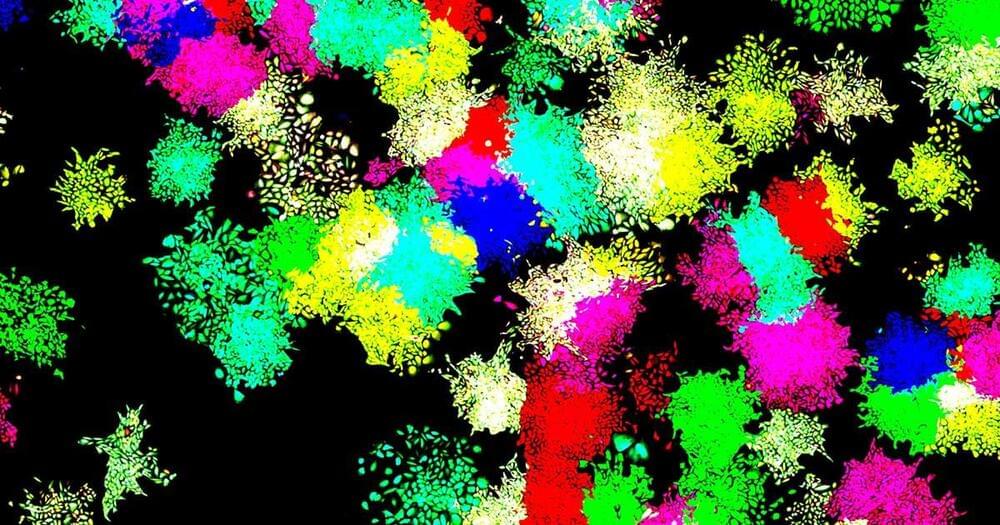
Mathematical models suggest that with just a few more genes, it might be possible to define hundreds of cellular identities, more than enough to populate the tissues of complex organisms. It’s a finding that opens the door to experiments that could bring us closer to understanding how, eons ago, the system that builds us was built.
The Limits of Mutual Repression
Developmental biologists have illuminated many tipping points and chemical signals that prompt cells to follow one developmental pathway or another by studying natural cells. But researchers in the field of synthetic biology often take another approach, explained Michael Elowitz, a professor of biology and bioengineering at Caltech and an author of the new paper: They build a system of cell-fate control from scratch to see what it can tell us about what such systems require.
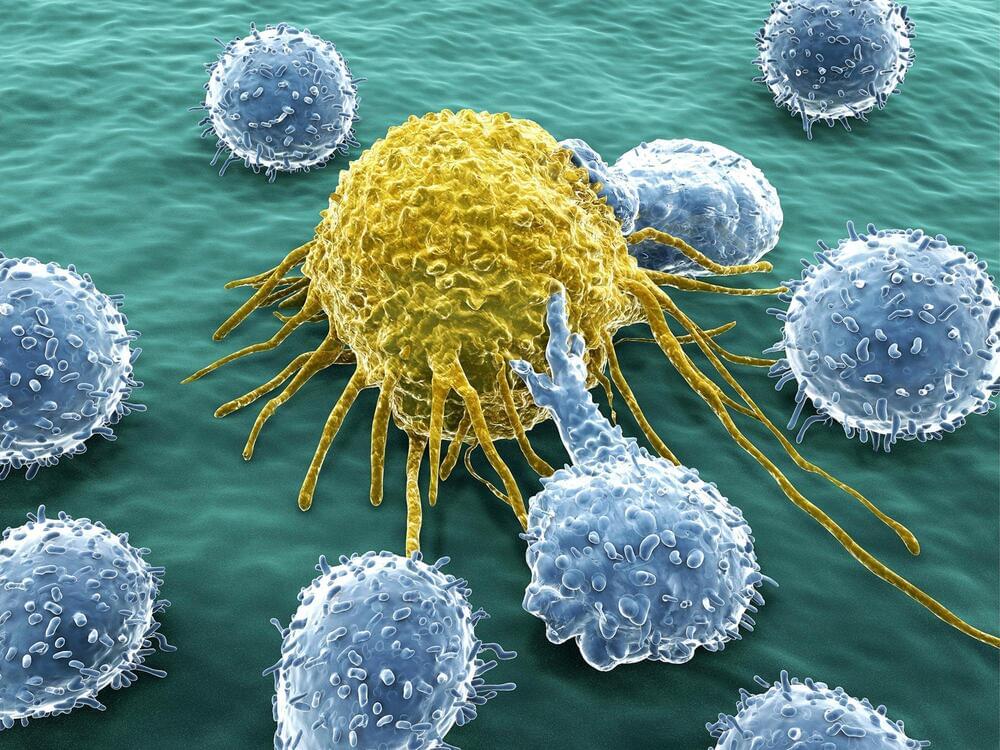
A new molecule created by a researcher at the University of Texas at Dallas kills a variety of difficult-to-treat cancers, including triple-negative breast cancer, by taking advantage of a weakness in cells that was not previously targeted by existing drugs.
The research, which was conducted using isolated cells, human cancer tissue, and mouse-grown human cancers, was recently published in Nature Cancer.
A co-corresponding author of the study and an associate professor of chemistry and biochemistry in the School of Natural Sciences and Mathematics at the University of Texas at Dallas, Dr. Jung-Mo Ahn has dedicated more than ten years of his career to developing small molecules that target protein-protein interactions in cells. He previously created potential therapeutic candidate compounds for treatment-resistant prostate cancer and breast cancer using a method called structure-based rational drug design.

New green-light absorbing photodetectors could be useful for medical sensors, fingerprint recognition, and more.
New green-light absorbing transparent organic photodetectors that are highly sensitive and compatible with CMOS fabrication methods have been developed and demonstrated by researchers. Incorporating these new photodetectors into organic-silicon hybrid image sensors could be useful for many applications. These include light-based heart-rate monitoring, fingerprint recognition, and devices that detect the presence of nearby objects.
Whether used in scientific cameras or smartphones, most of today’s imaging sensors are based on CMOS technology and inorganic photodetectors that convert light signals into electric signals. Although photodetectors made from organic materials are attracting attention because they can help boost sensitivity, for example, it has thus far proven difficult to fabricate high-performance organic photodetectors.
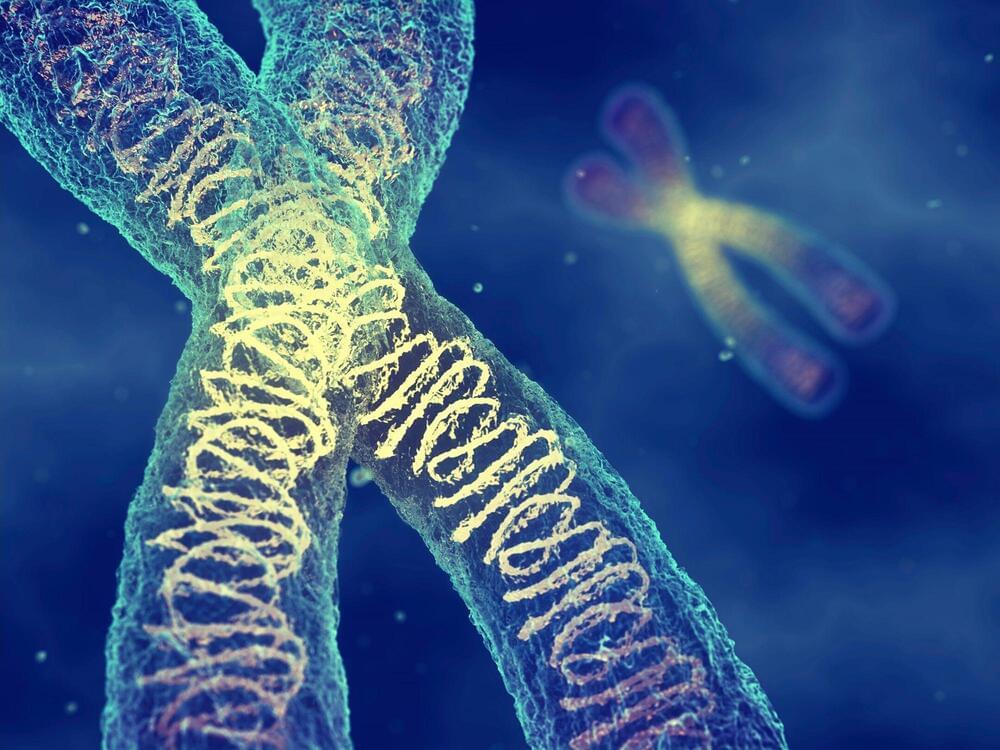
Analysis of the genome and proteome shows that eukaryotic evolution gave rise to the regulatory function of chromatin.
Two meters of DNA
DNA, or deoxyribonucleic acid, is a molecule composed of two long strands of nucleotides that coil around each other to form a double helix. It is the hereditary material in humans and almost all other organisms that carries genetic instructions for development, functioning, growth, and reproduction. Nearly every cell in a person’s body has the same DNA. Most DNA is located in the cell nucleus (where it is called nuclear DNA), but a small amount of DNA can also be found in the mitochondria (where it is called mitochondrial DNA or mtDNA).
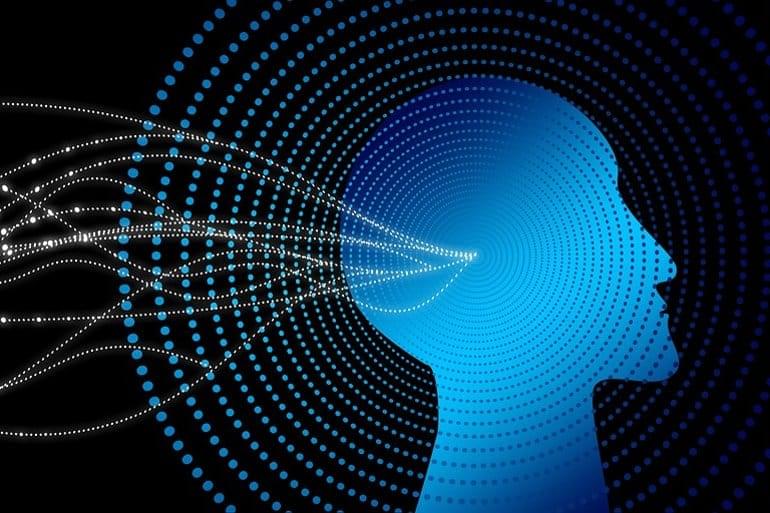
Summary: A newly developed artificial intelligence model can detect Parkinson’s disease by reading a person’s breathing patterns. The algorithm can also discern the severity of Parkinson’s disease and track progression over time.
Source: MIT
Parkinson’s disease is notoriously difficult to diagnose as it relies primarily on the appearance of motor symptoms such as tremors, stiffness, and slowness, but these symptoms often appear several years after the disease onset.

A new study in Science overthrew the whole gamebook. Led by Dr. David Baker at the University of Washington, a team tapped into an AI’s “imagination” to dream up a myriad of functional sites from scratch. It’s a machine mind’s “creativity” at its best—a deep learning algorithm that predicts the general area of a protein’s functional site, but then further sculpts the structure.
As a reality check, the team used the new software to generate drugs that battle cancer and design vaccines against common, if sometimes deadly, viruses. In one case, the digital mind came up with a solution that, when tested in isolated cells, was a perfect match for an existing antibody against a common virus. In other words, the algorithm “imagined” a hotspot from a viral protein, making it vulnerable as a target to design new treatments.
The algorithm is deep learning’s first foray into building proteins around their functions, opening a door to treatments that were previously unimaginable. But the software isn’t limited to natural protein hotspots. “The proteins we find in nature are amazing molecules, but designed proteins can do so much more,” said Baker in a press release. The algorithm is “doing things that none of us thought it would be capable of.”
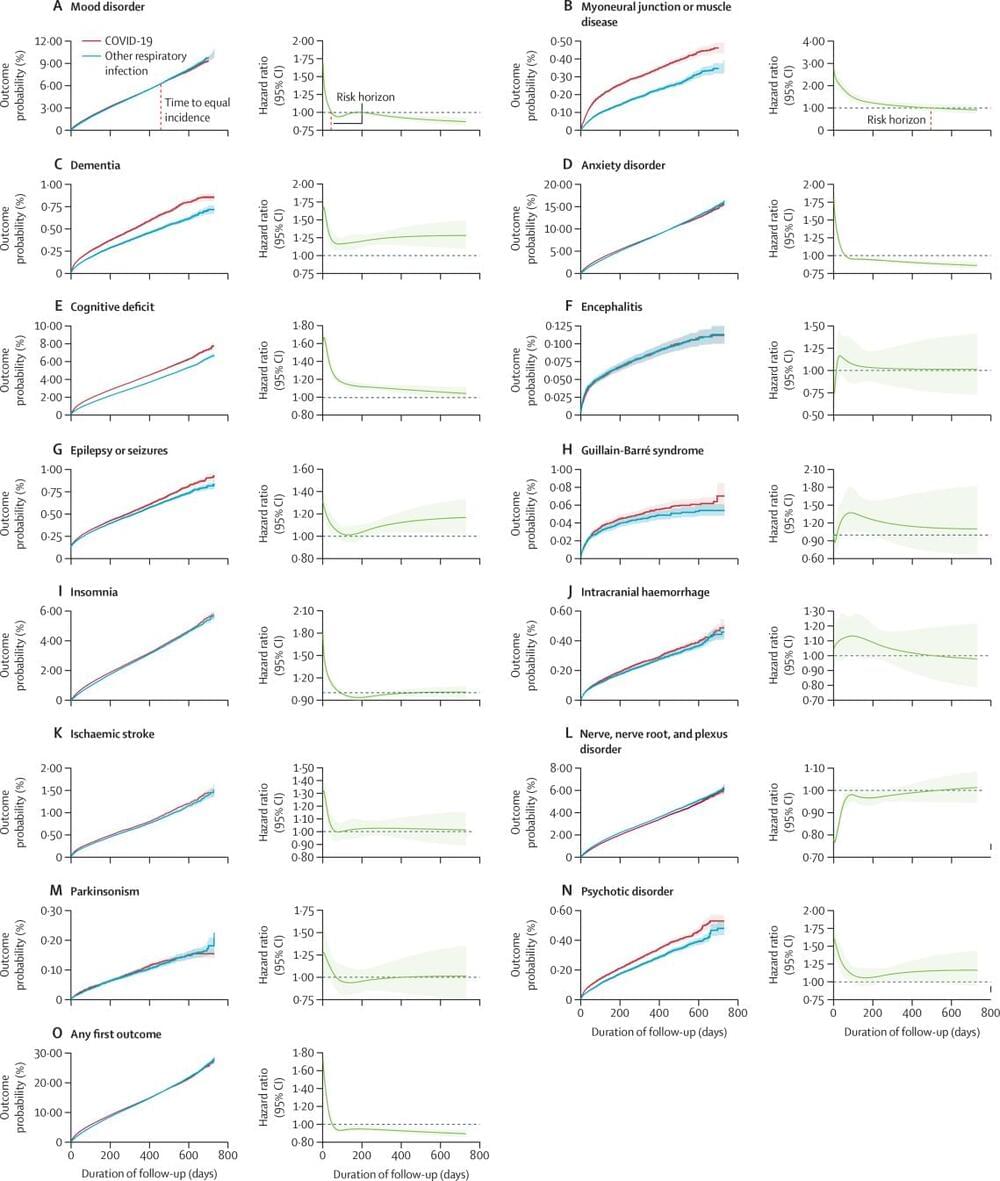
This analysis of 2-year retrospective cohort studies of individuals diagnosed with COVID-19 showed that the increased incidence of mood and anxiety disorders was transient, with no overall excess of these diagnoses compared with other respiratory infections. In contrast, the increased risk of psychotic disorder, cognitive deficit, dementia, and epilepsy or seizures persisted throughout. The differing trajectories suggest a different pathogenesis for these outcomes. Children have a more benign overall profile of psychiatric risk than do adults and older adults, but their sustained higher risk of some diagnoses is of concern. The fact that neurological and psychiatric outcomes were similar during the delta and omicron waves indicates that the burden on the health-care system might continue even with variants that are less severe in other respects. Our findings are relevant to understanding individual-level and population-level risks of neurological and psychiatric disorders after SARS-CoV-2 infection and can help inform our responses to them.
National institute for health and care research oxford health biomedical research centre, the wolfson foundation, and MQ mental health research.
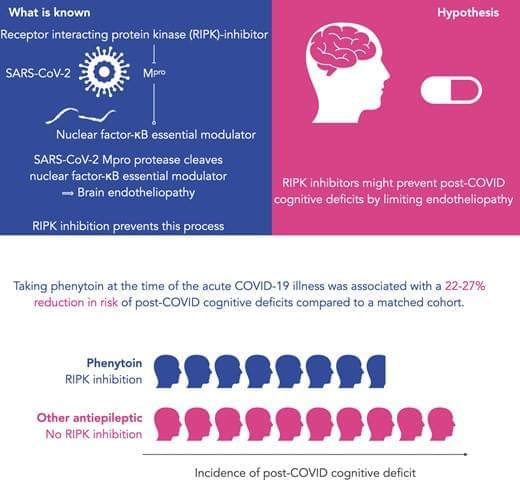
A proportion of patients experience long-lasting symptoms in the weeks and months after a diagnosis of COVID-19. 1–3 Of those symptoms, cognitive impairment (also referred to as ‘brain fog’) is particularly worrisome: it is one of the most common, 4, 5 can affect those with even relatively mild acute COVID-19 illness 1, 5 and results in the inability to work for many affected patients. 3 While emerging research is starting to characterize the clinical presentation of post-COVID cognitive deficits, 6 its pathogenesis remains elusive. Identifying therapeutic targets is critical to reducing the burden of this COVID-19 complication.
Endotheliopathy has been hypothesized as one potential mechanism underlying post-COVID cognitive deficits. 7 According to recent research, microvascular brain pathology following COVID-19 can be caused by severe acute respiratory syndrome coronavirus 2 (SARS-CoV-2) main protease Mpro cleaving nuclear factor-κB essential modulator thus inducing the death of brain endothelial cells. 8 The same study showed that pharmacologically inhibiting receptor-interacting protein kinase (RIPK) signaling prevents the Mpro-induced microvascular pathology. 8
This research leads to the following hypothesis: exposure to a pharmacological inhibitor of RIPK signaling at the time of COVID-19 infection reduces the risk of post-COVID cognitive deficits. In this study, we tested this hypothesis using a retrospective cohort study based on electronic health records (EHRs) data. While many pharmacological agents inhibit RIPK signaling, 9 most are only used in very rare clinical scenarios (e.g. sunitinib for the treatment of advanced renal cell carcinoma or pancreatic neuroendocrine tumors). The exception is phenytoin which is used as an anti-epileptic drug and which, among its other effects, is a RIPK1 inhibitor protecting against necroptosis. 10, 11 In this study, we compared the incidence of post-COVID cognitive deficits between patients exposed to phenytoin and matched cohorts of patients exposed to other anti-epileptic drugs at the time of their COVID-19 diagnosis.